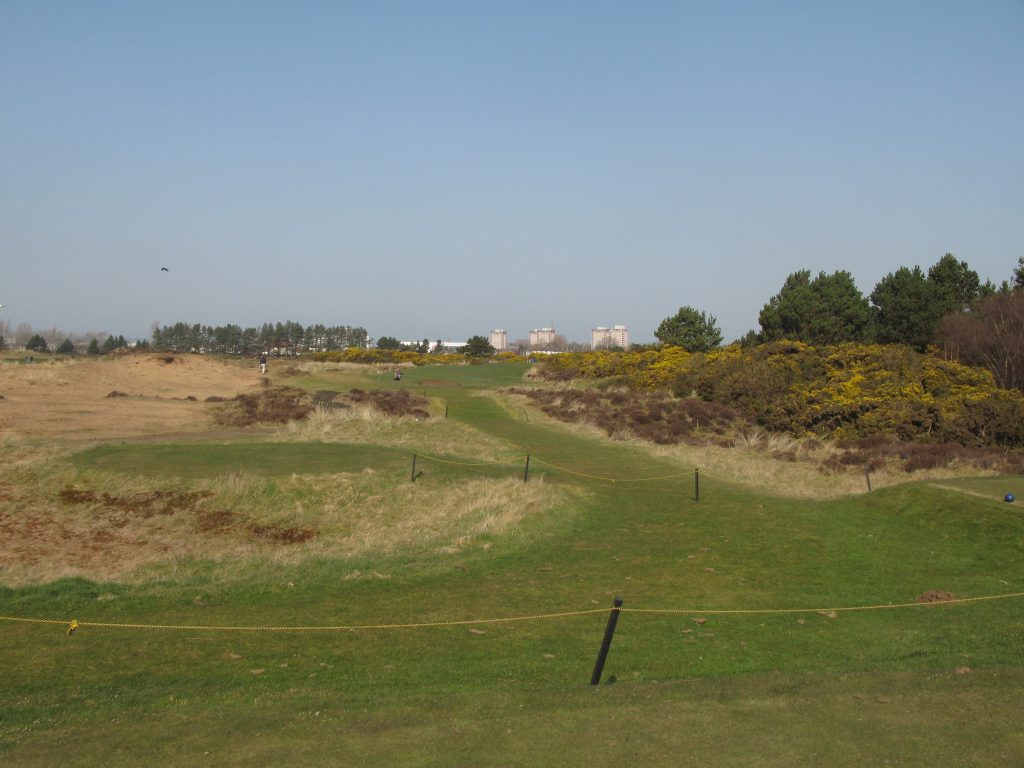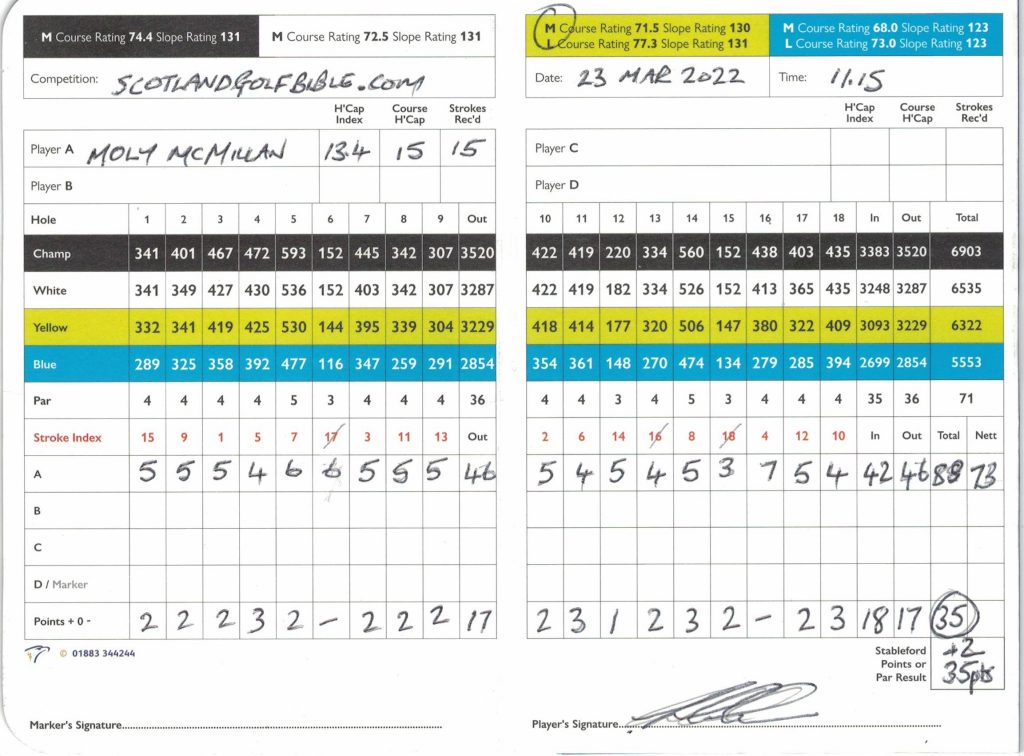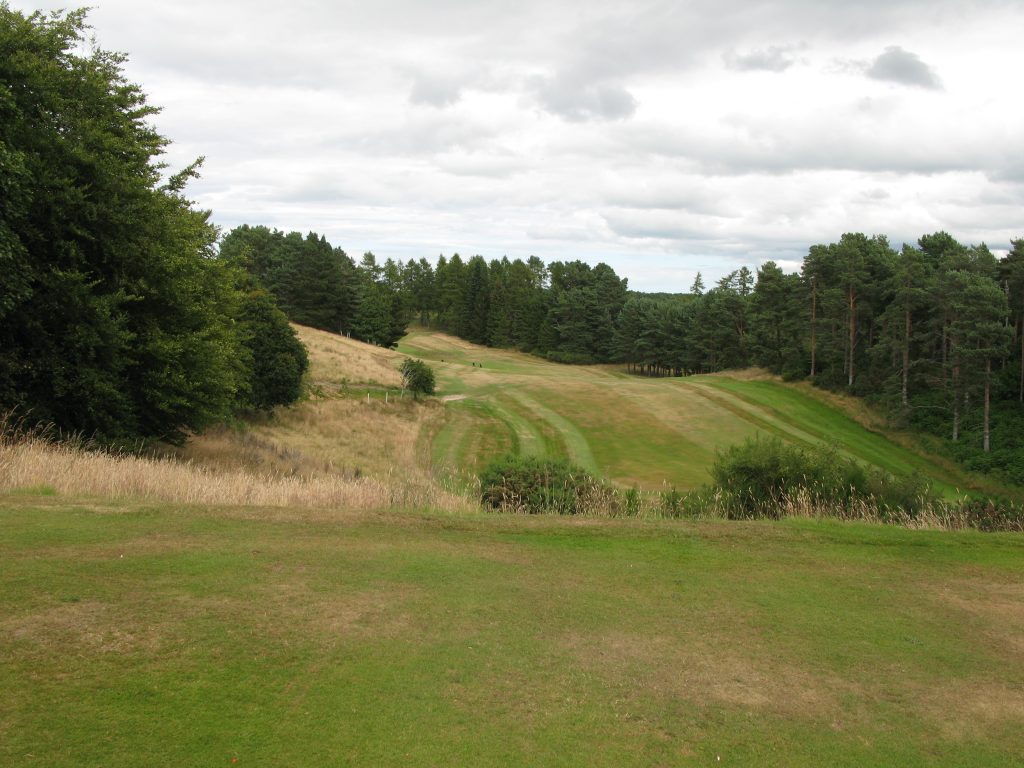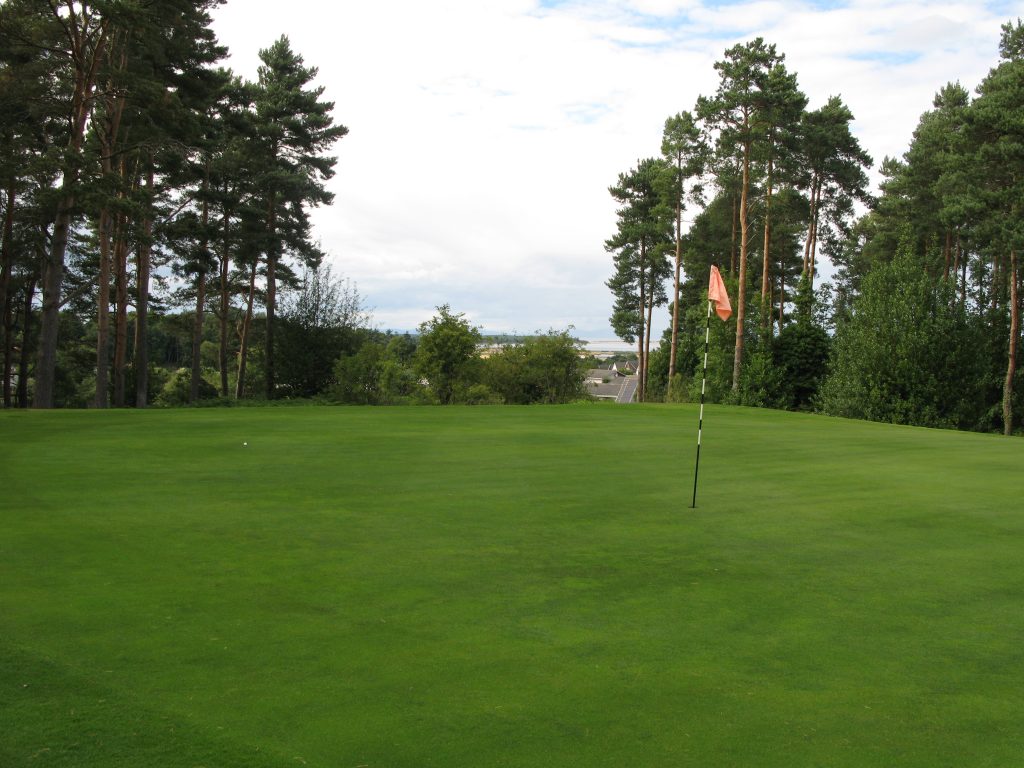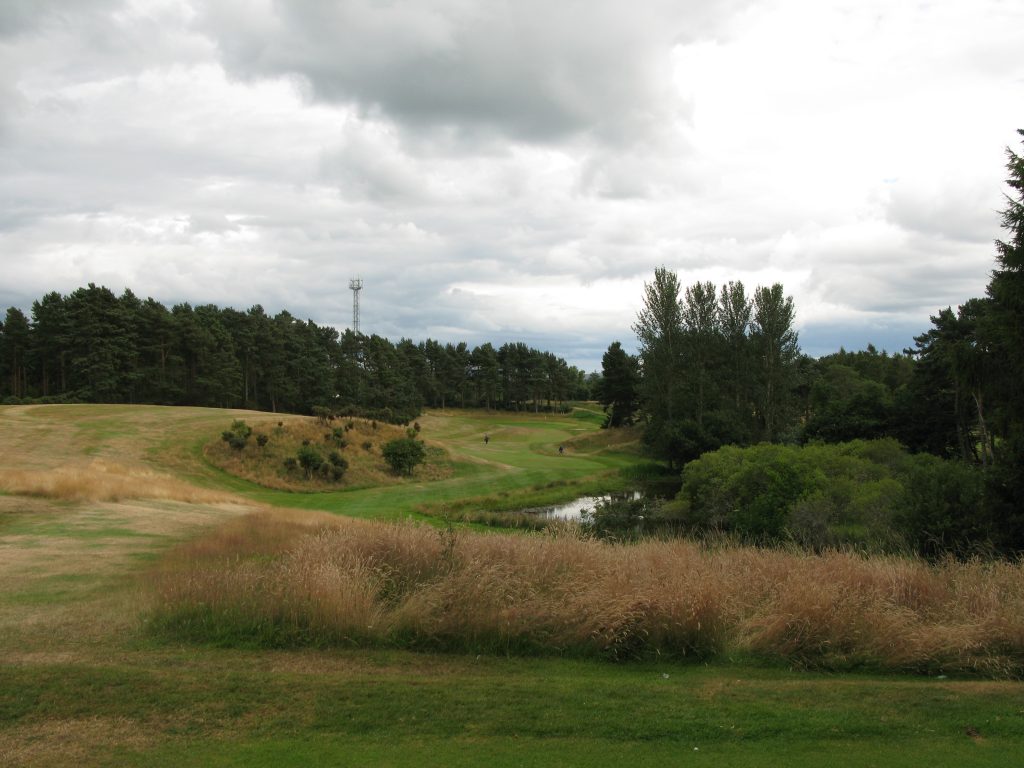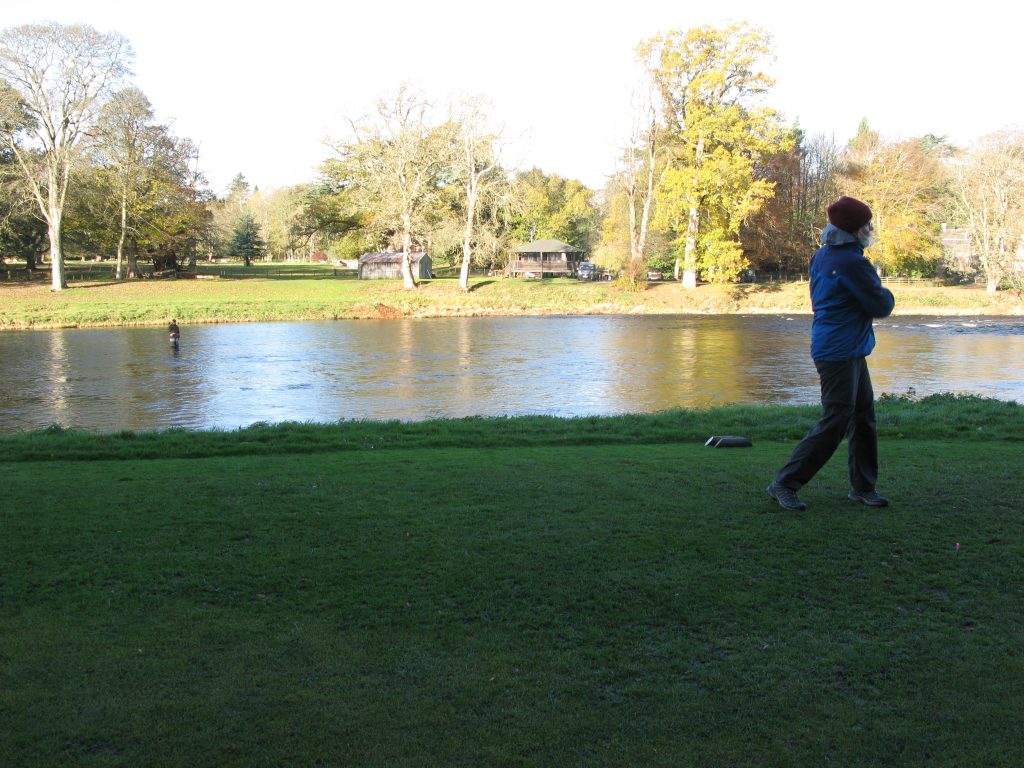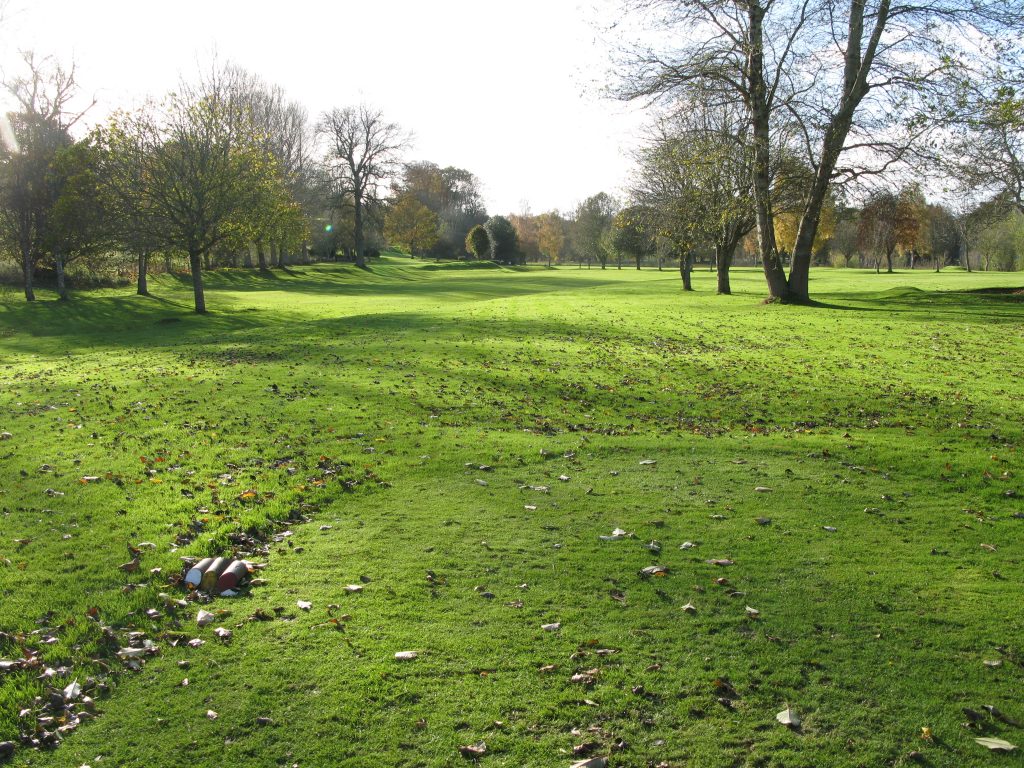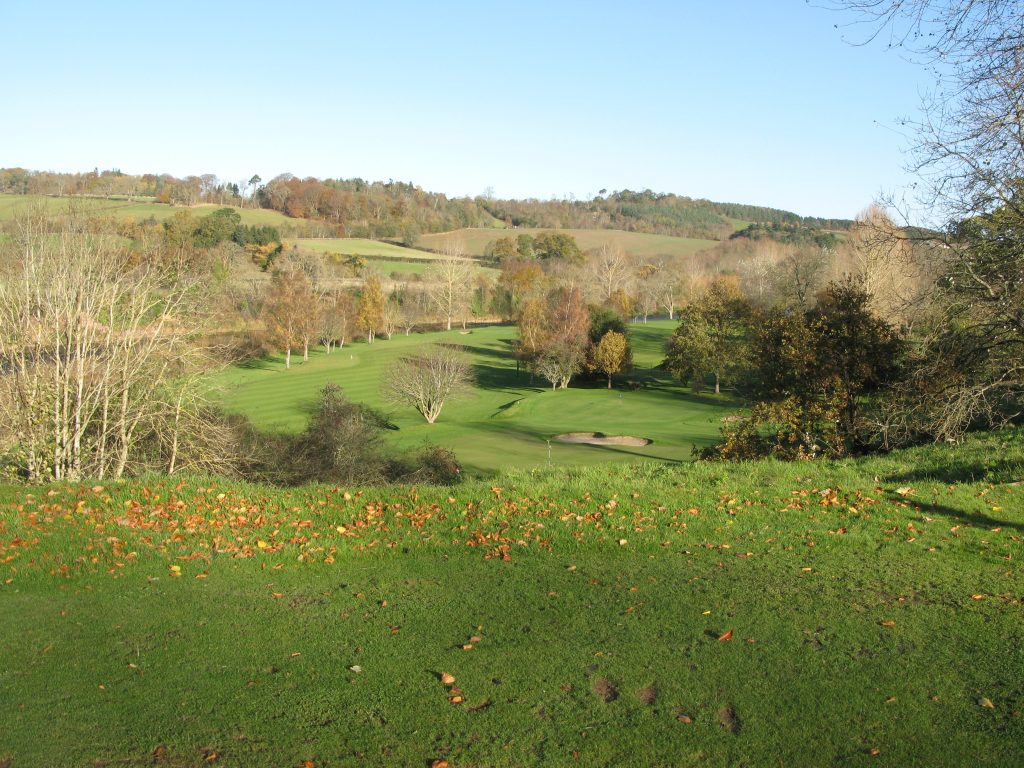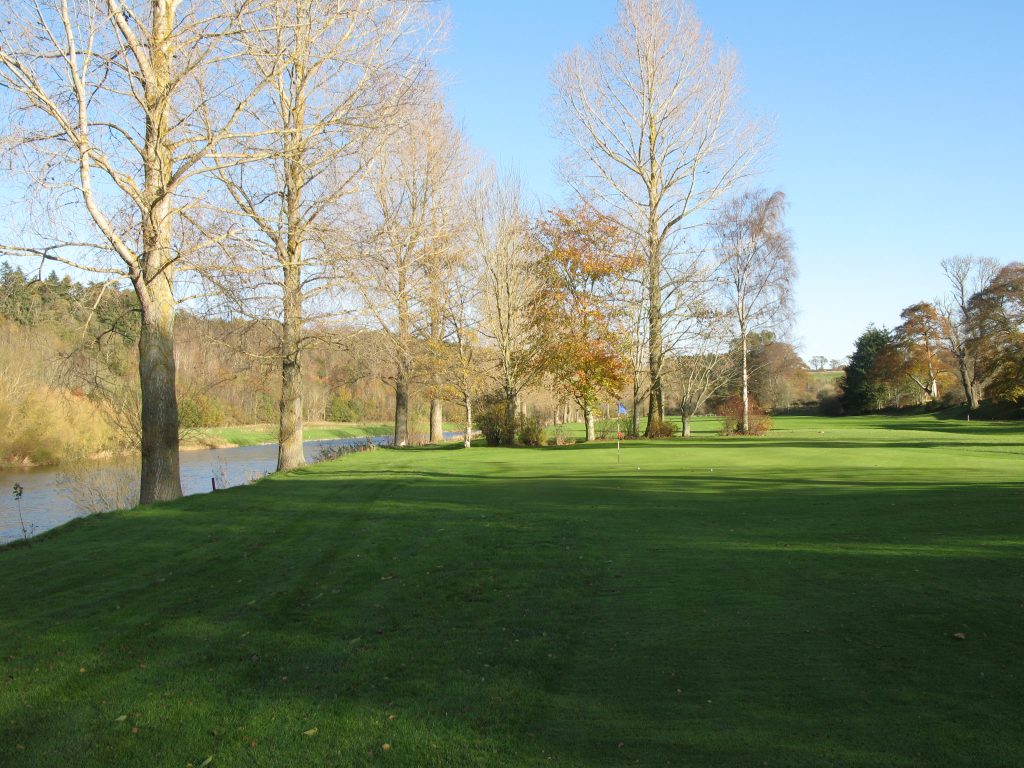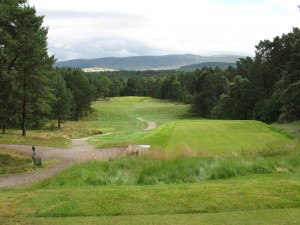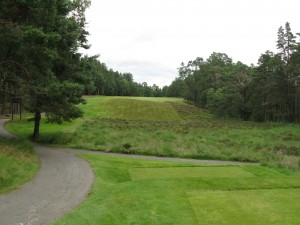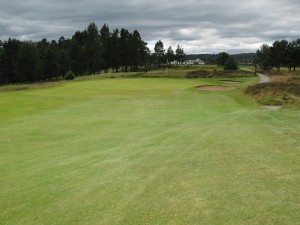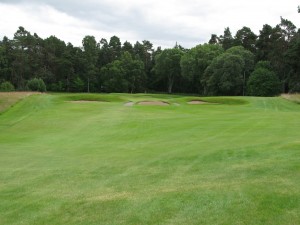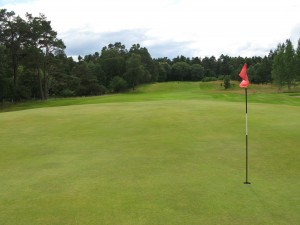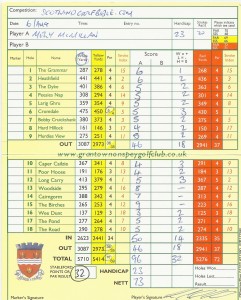I wonder how many visitors drive to Killermont to uncover this true links test?
Round £110. Par 71. Course Rating / Slope Rating (yellow) 71.5/130. Value (out of 5) – 3
I probably know more than most about Scotland’s golf courses, plus I also lived in Glasgow; one of my son’s attended school in Killermont. Despite this, I find a geography lesson is needed for ‘Glasgow’ Gailes as I almost ended up back in Glasgow to play at the Gailes Links. That would have been a big mistake!

Glasgow Golf Club was established in 1787 by the wealthy men of Glasgow making it the first club in the West of Scotland, and the ‘9th oldest club in the world’. It retains an exclusive air and its main headquarter club, based in Killermont in Glasgow, is not open for visitors, other than as a members’ guest. In 1892, the club built the Gailes Links course, initially designed by Willie Fernie, just south of the town of Irvine on the North Ayrshire coast. It is the most northerly of the great set of Ayrshire links courses, starting from Turnberry about 30 miles south. Since its inauguration the Gailes Links has been called ‘Glasgow’ Gailes, in part to distinguish itself from Western Gailes which it adjoins. Hence the confusion about its location. The Glasgow Golf Club might hold the record for the biggest distance between two club courses.
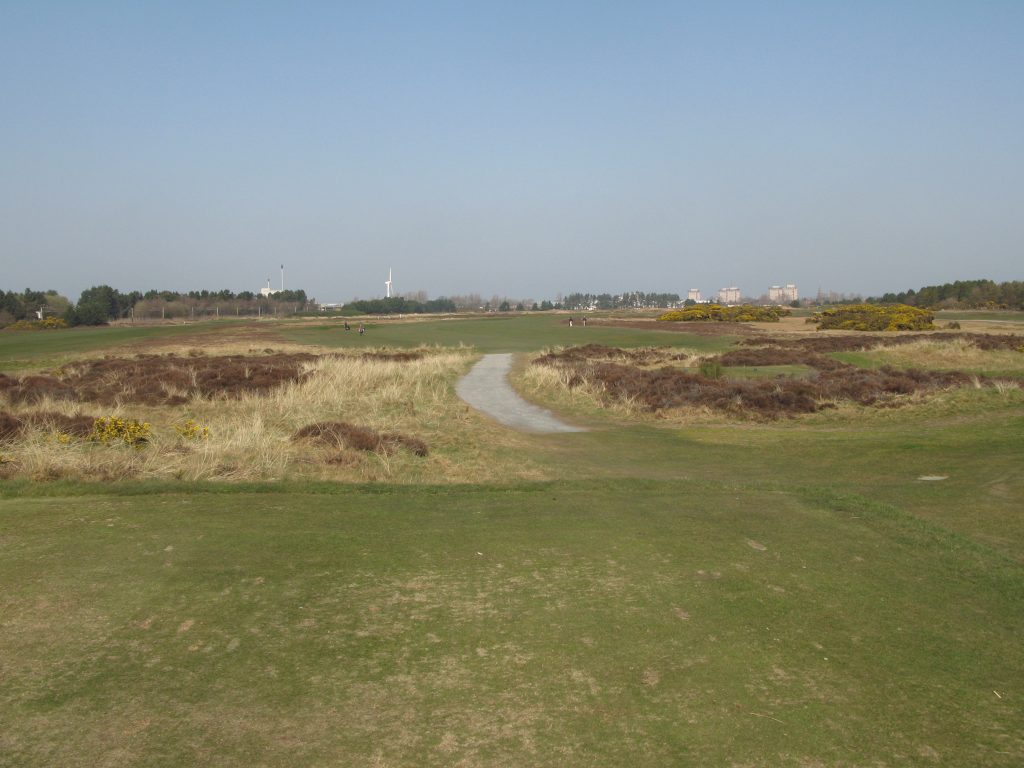
The layout as it exists today, required a redesign by Willie Park Junior in 1912. Furthermore, and controversially, the course has undergone a complete transformation in the last few years, having uprooted tens of thousands of trees. I got mixed feedback from some members about the ‘carnage’ of the trees, which I understand is the reason that the Gailes Links course has been removed from the Open Qualifying rota.
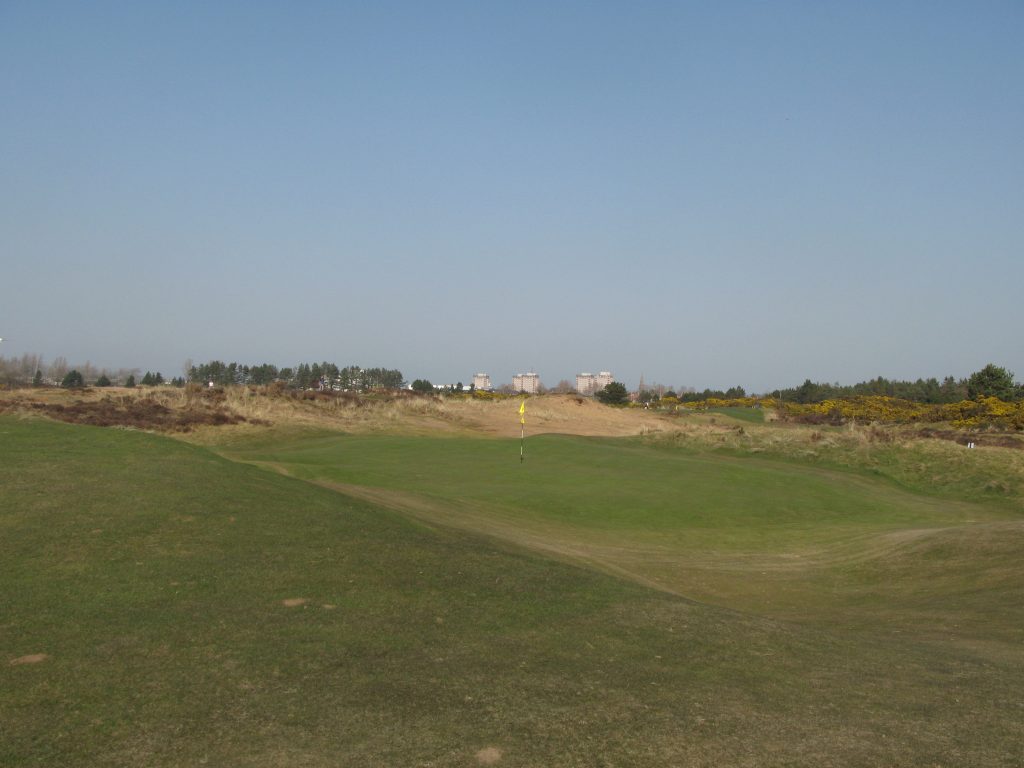
One of the members said the resulting treeless course is much easier, as it has become a wide open links course. On at least two occasions I played from where trees would have been, likely saving me 4 shots. The courses main defense is now through clever and some severe bunkering – other than the westerly prevailing wind of course! This bunkering became sharply evident to me when, after a sound opening 5 holes, being called through by a 4 ball grouping, who then witnessed my 6, including 4 bunker shots, at a short par 3!
My six at the 6th, provides a lesson how to score well at Gailes. Study the course guide and stay away from the bunkers, some of which are out of sight. I actually played well for my gross 88, albeit the course was playing short due to the very dry March weather. Along with no wind and sunny weather it felt more like the Algarve for the time of year.

The course is long at over 6300 yards from the yellow tees, and comprises a zig-zagged ‘north/south out and back’ layout, with about 4 transverse holes. The resulting layout provides a great many subtle changes of direction, which must be very challenging when the wind gets up.
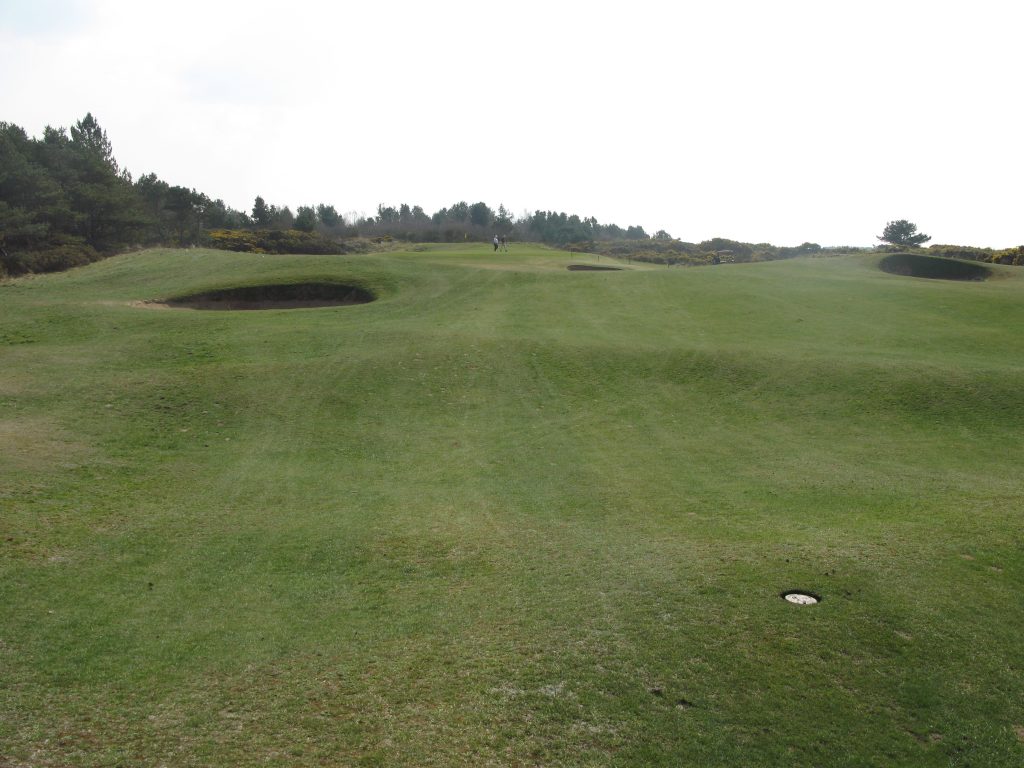
Without the trees, being wayward off the tees is not penalised, especially as there is only one ‘blind’ tee shot (par four 7th), and only one ‘blind’ approach, at the 14th, one of only two par 5s on the course. Along with only three par 3s, this makes the main challenge to score well, being your long iron/hybrid game being up to the challenge of the several par 4s over 400 yards. The resulting par is 71, although the yellow course rating is 71.5, with white being one more.
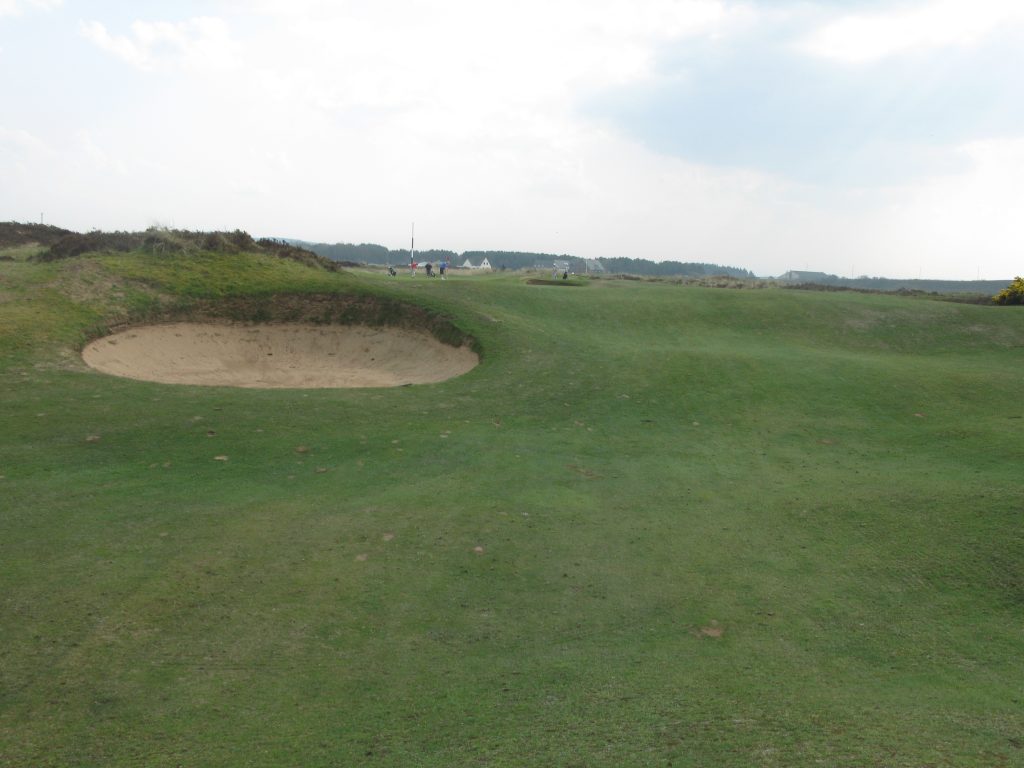
On the day I played, several of the bunkers were GUR, although not the ones I found at the 6th (my only bunkers of the day). I felt the winter rate I paid of £60 a little steep, with a few winter tees still in play, and despite the dry weather there was surprising indications of muddy locations – I wondered if that was a legacy of the tree removal, and impact on the drainage?
The local pro “Arthur” was really friendly and very welcoming, and therefore worth a mention.
If you get lucky with a winter rate in dry conditions, its fairish value, but the main fee of £110 for a mid week summer round, is not great value and getting out of range of affordability for most.
Course Type: Links
Par 72 (2 par 5s, 13 par 4s, 3 par 3s)
Distance: 6322 (yellow)
Moly’s Gross score: 88
